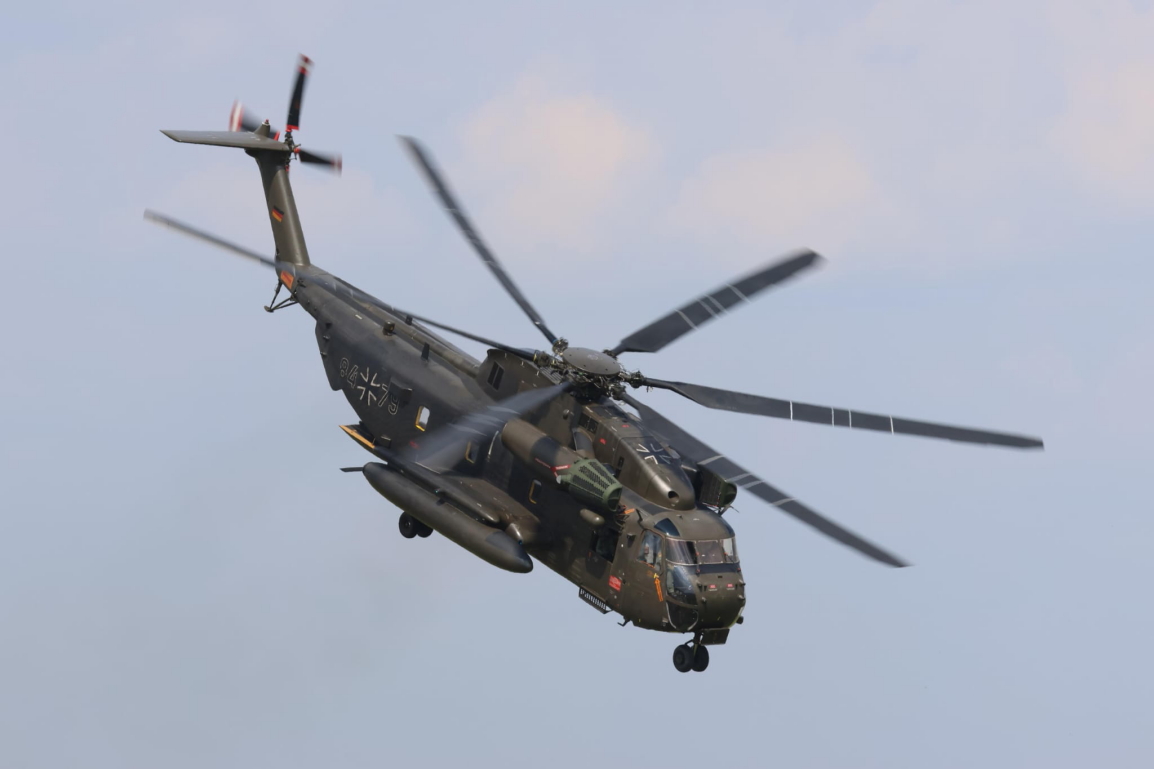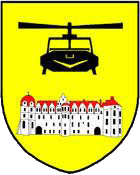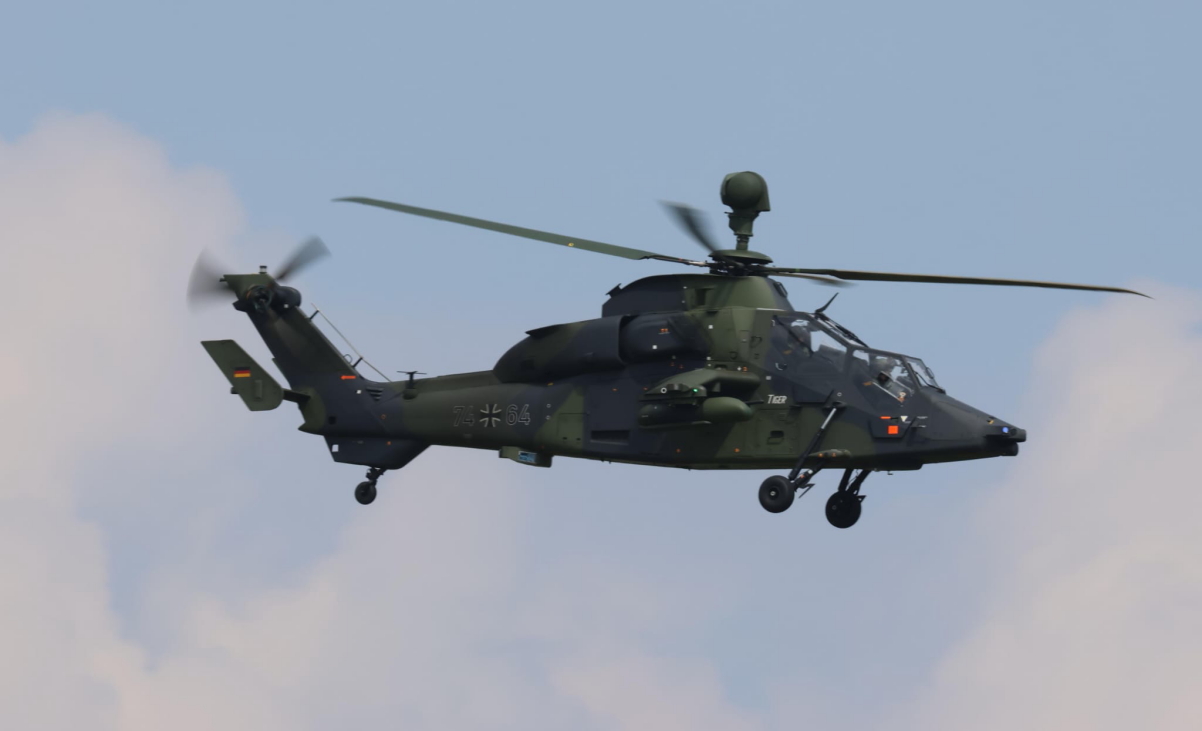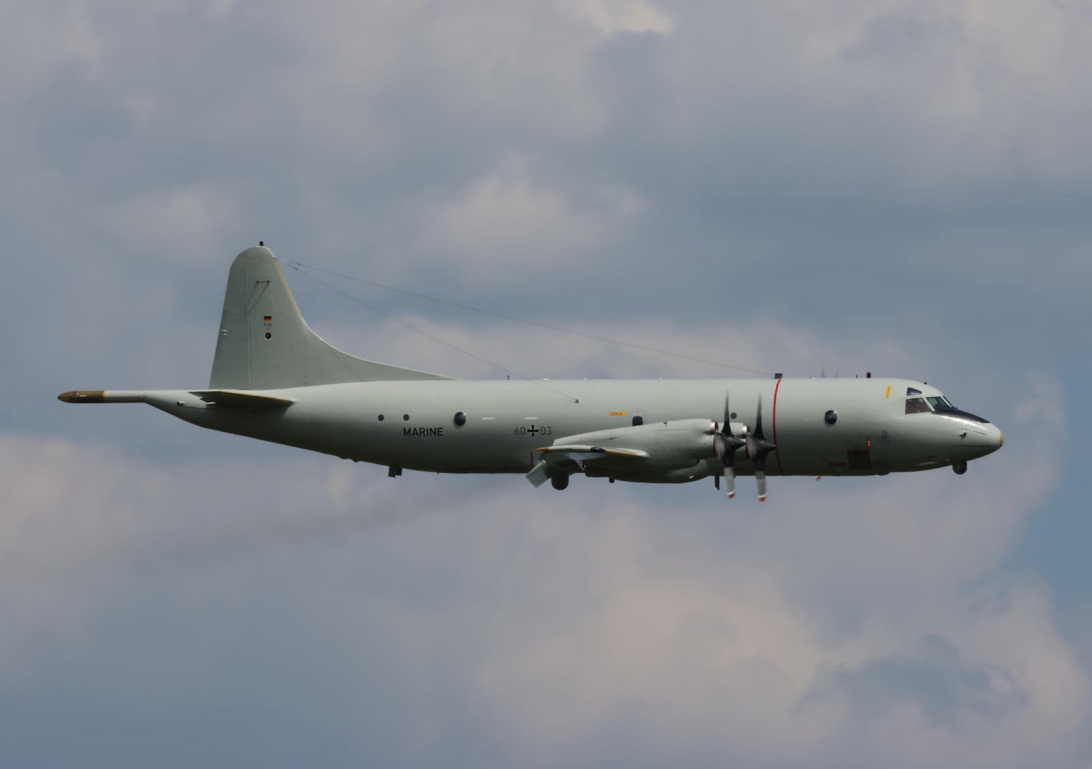|
Faßberg
June 2024
Tag der Bundeswehr 2024 at
Faßberg.
It was a small event, attended by a large number of people.
The static was almost impossible to get decent photos of, unless you got there first thing or waited right until the end. The barriers were very close to the aircraft and most were open to the visitors.
The highlight was an airpower demo with 1 Tiger, 1 CH53 and 4 NH90s.
This pair of NH90s performed well after picking up the troops who had
previously been dropped off to clear a village of terrorists/enemy
combatants preformed twice that day.

|
In 2024, the flight demonstration of the German NH90 was enhanced with a spectacular flare show.
During this year's edition of Tag der Bundeswehr is was the first time
in a public display.
|
Faßberg Air Base
An airfield was established in 1934. However, since Germany was not allowed to possess an air force (Luftwaffe) under the rules of the Treaty of Versailles, the airfield was supposed to serve a future air force.
Between 1934 and 1945 various Luftwaffe units were based on the air base, flying aircraft as diverse as Junkers Ju 52, Junkers Ju 88, Heinkel
He 111, and towards the final stages of World War II Messerschmitt Me
163 and Messerschmitt Me 262.
In April 1945 the airfield was overrun by the British Army and subsequently used by the Royal Air Force. It was renamed first Airfield B 152 and later RAF
Faßberg. During the Berlin Blockade RAF Faßberg played an important role as a hub for supplying the city.[2]
Whilst being occupied by the British Armed Forces several RAF squadrons were based at
Faßberg. These squadrons were equipped with de Havilland Mosquito, de Havilland Vampire and de Havilland Venom.
Following the foundation of the Bundeswehr in 1955 and consequently the establishing of a German air force, Faßberg Air Base was returned to Germany on 1 January 1957. It was home of the Technical School of the Luftwaffe and for some time the Luftwaffe's Officer Training School. For fifteen years a helicopter pilot training school was also located at Faßberg Air base; this school has since been disbanded.
Next to transport helicopter regiment 10
Faßberg is also the home for the airforce's training school, a technical-logistical training centre for rotary wing aircraft run by both the air force and the army, part of the Franco-German training facilities for the Eurocopter
Tiger.

|
After more than 40 years of
service with the German army the Sikorsky CH-53G/GS have been transferred to the Air
Force to continue there service for Germany.
|
Transporthubschrauberregiment 10
The transport helicopter regiment 10 “Lüneburger Heide” supports the combat troops with troop and supply transport.

The main weapon system of the so-called Heideflieger is the multi-purpose helicopter NHNATO-Helicopter-90. During foreign missions in Afghanistan and Mali, for example, the regiment was tasked with providing emergency medical air rescue for wounded soldiers under combat conditions.
The regiment is also used in disaster and fire fighting assistance from the air. It supports humanitarian operations in the national area and evacuation operations in emergencies.
From 1971 to 2011, the Bell UH-1D was the main weapon system of the 10th Transport Helicopter Regiment.
After that, the Faßbergers received the first NHNATO-Helicopter-90 multi-purpose helicopters as the new main weapon system

|
The Heeresflieger (German Army Aviation) will now begin phasing out its Tiger fleet in 2031, after opting out of the Mk III modernisation.
|
Berlin airlift from Faßberg
An exhibition about the Berlin blockade and airlift
Established in 1948, the airlift of the Allied Forces was a gigantic undertaking that required enormous logistics and made friends of former enemies.
The Berlin Airlift Memorial in Faßberg gives an impression of the efforts and motives of the Allies to guarantee the freedom of Berlin.
Fassberg air base was one of the most important pillars of the airlift as the Royal Air Force Station Fassberg ensured the supply of coal to Berlin. British and American aircraft a total of 539,112 tons of coal into blockaded Berlin and statistics counted up to 450 takeoffs and landings per day.

|
A German Navy Lockheed P3 Orion performing a flypast at the
Faßberg.
Probably one of the last displays as they're due to go out
of service very shortly
|
|